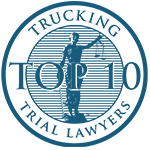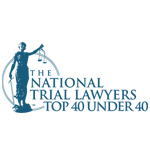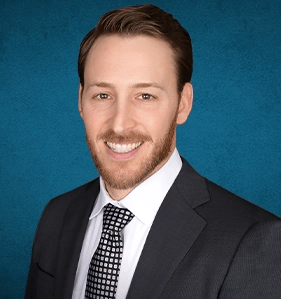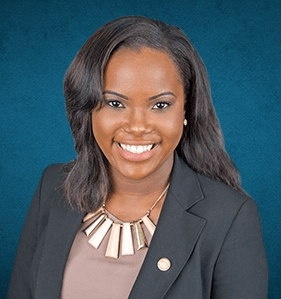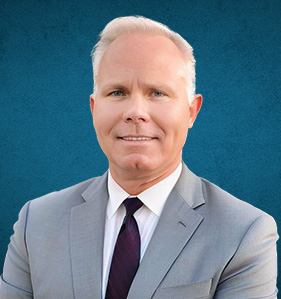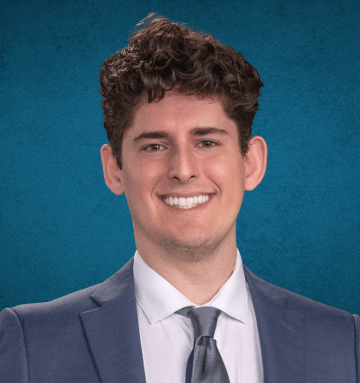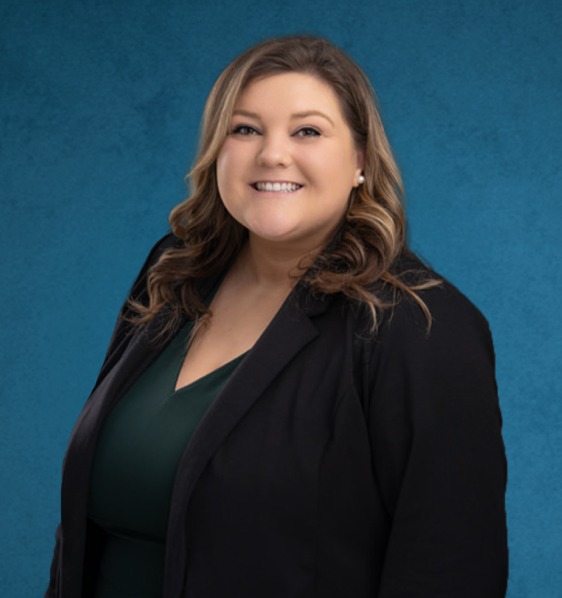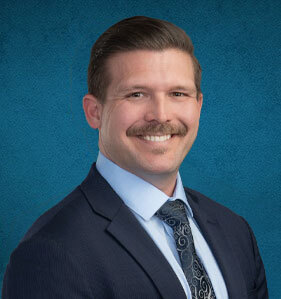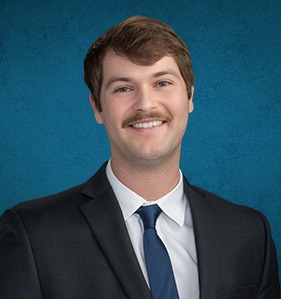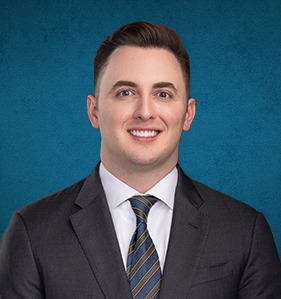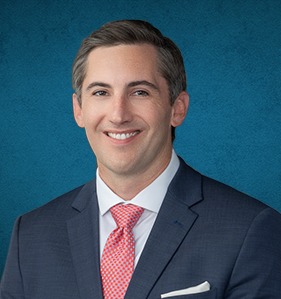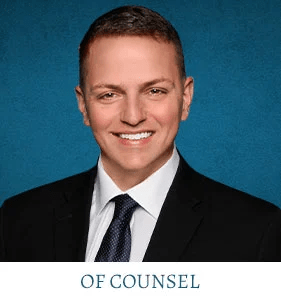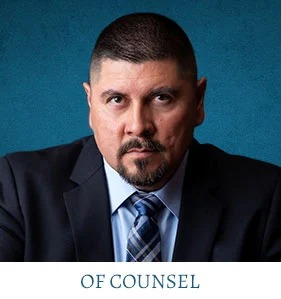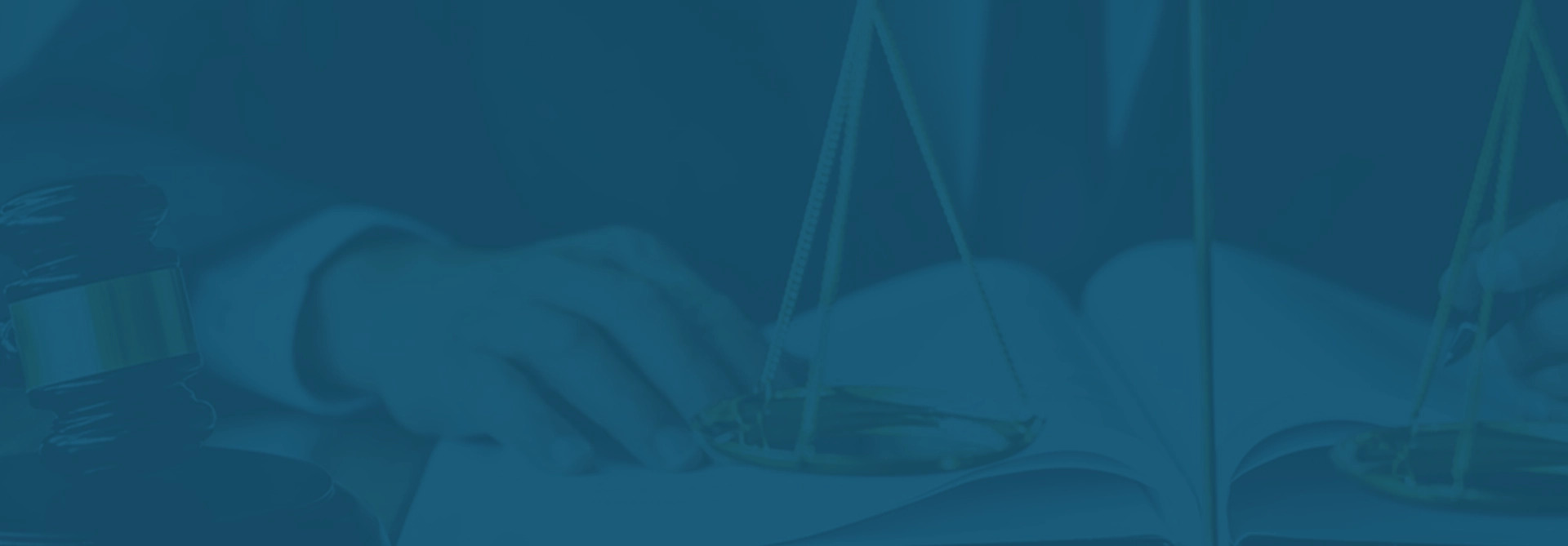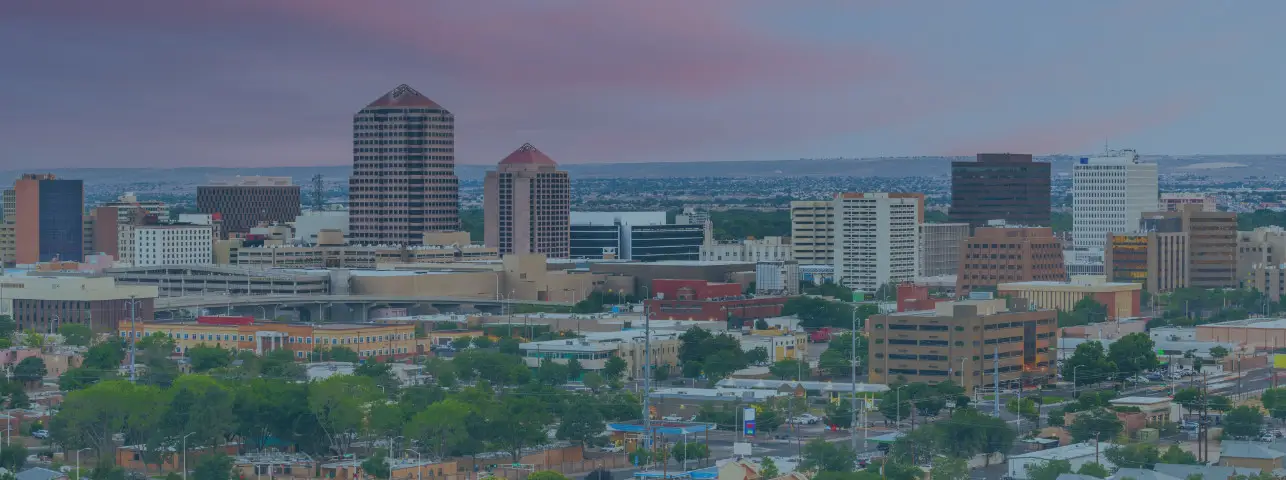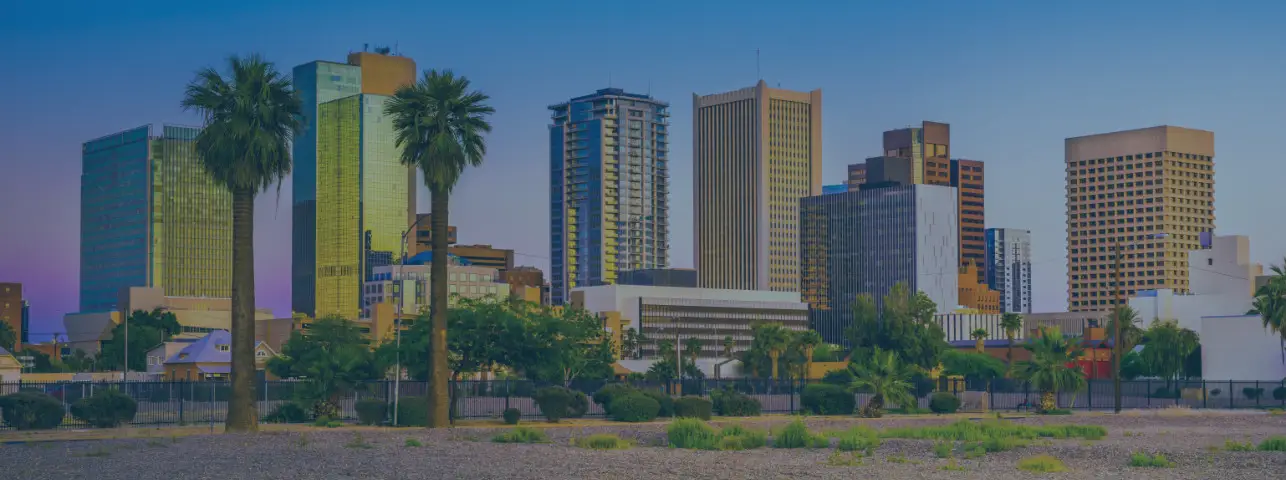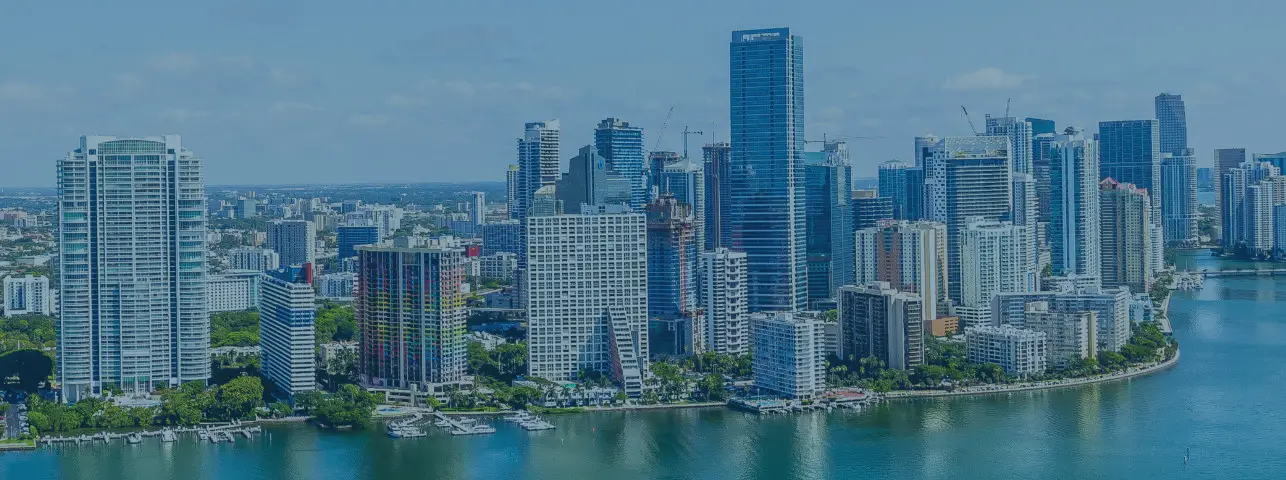A personal injury attorney in Denver can help if you were hurt in an accident. You may have the legal right to pursue compensation for damages if you were injured as a result of someone else’s negligence, malice, or intentional actions. In this article, we will be discussing important things about personal injury, such as the benefits of hiring a personal injury attorney and what personal injury law is.
No one chooses to get involved in an accident, but you can choose how you handle your claim. Having a knowledgeable injury lawyer by your side can be all the difference in the world when it comes to protecting your rights and bringing you peace of mind.
If you or a loved one were injured because of someone else’s negligence and would like to learn more about how to file a claim for damages, a Denver personal injury lawyer can evaluate your case and answer all your questions. Find out how much your case may be worth with the personal attention of an experienced Denver personal injury lawyer.
Free Consults24/7
Send Request NowAbout Personal Injury Law in Denver, CO
Personal injury law was designed to solve any dispute that arises when someone suffers a bodily injury, particularly when it happens as a result of another party’s negligence or intentional misconduct.
According to Colorado personal injury law, the party that caused harm may be liable for the victim’s injuries. That means the at-fault party or their insurance company may have to pay economic and non-economic damages to every injured person affected by the accident.
If you want to present a claim for a personal injury case, you or your injury attorney must be able to prove these key elements:
- The liable party owed you a duty of care
- The liable party breached that duty
- Breaching the duty of care caused the victim’s injuries
- The victim sustained injuries or some type of harm
These cases are usually presented and managed by an injury lawyer who agrees to represent the victims in all their legal procedures. Some cases may proceed to trial, where the attorney needs to use the evidence to prove the other party is liable and recover compensation.
It is also possible to negotiate a financial agreement between the involved parties; that way, you don’t need to get to court. The claims process can involve long and stressful negotiations between the liable parties, their insurers, and attorneys.
For a free legal consultation with a personal injury lawyer serving Denver, call 800-863-5312
Why You Need a Denver Personal Injury Lawyer
It is important to remember that after a car accident injury, the responsible parties and their insurance will be more focused on paying as little as possible. Some liable parties take responsibility for their acts, but many will try different strategies to evade their legal duty.
You should also beware of insurance companies, even your own. Insurance companies are usually worried about operating their business, so they will also try to pay as little as possible to the victims of any car accident.
This is one of the reasons you should consider talking to a Denver personal injury attorney who can explain everything about your case and fight to protect your rights and recover the compensation you need.
Our Awards
AWARDED TO JOHN C. (JACK) ZINDA BY THE NATIONAL TRIAL LAWYERS ASSOCIATION (2016-2020)
AWARDED TO JOHN C. (JACK) ZINDA (2009, 2011-2012, 2014-2021), & NEIL SOLOMON (2020-2021)
AWARDED TO JACK ZINDA (2016-2020)
LIFETIME MEMBERS JOHN C. (JACK) ZINDA
Personal Injury in Denver lawyers near me 800-863-5312
What Sets Zinda Law Group Apart?
At Zinda Law Group, our personal injury attorneys are experienced negotiators and have handled similar cases. That allows them to use different legal tools and techniques to help you claim the maximum compensation.
Our lawyers have also solved many cases in the courtroom by litigating fiercely against the liable parties and their insurance. We’re committed to providing the most knowledgeable and compassionate service so that the victims can navigate the complexities of the legal process as efficiently as possible.
Click to contact our Colorado Personal Injury Lawyer today
What Should I Do Following an Injury in Denver?
There are many steps you can take shortly after your accident to put yourself in the best position possible to recover the compensation you need and deserve. Three key steps include:
- Seeking medical treatment
- Gathering evidence
- Contacting experienced Denver personal injury lawyers
Seek Medical Treatment
Even if you do not believe that you were seriously injured, visit the doctor soon after the accident so that you can make sure you don’t have any injuries that aren’t immediately evident. Additionally, visiting the doctor can provide you with proof of any injuries you did sustain and ensure you get medical treatment as soon as possible.
It is possible that minor injuries can become worse over time. Keep a record of your medical journey after the accident, including each visit you made, the days you had to take off work, the diagnosis and treatment you received, and the cost of your medical care.
This documentation provides evidence of the economic damages you incurred from your injury and the non-economic damages (pain and suffering) you endured.
Gather Evidence
Evidence pertaining to your injury is likely the easiest to gather. However, you must also have evidence of the other party’s wrongdoing for your personal injury claim. This type of evidence can vary based on the type of accident you were in. Typically this can include photos of where the accident occurred and names and statements from anyone who witnessed the accident.
Documenting the when, where, why, what, and how of your case can be crucial later. Speak with a Colorado personal injury lawyer to learn more about the evidence you should gather in your case.
Contact Experienced Denver Personal Injury Lawyers
A personal injury lawyer can help you to determine how to proceed in your case. If a personal injury lawyer feels you have a strong case, they might encourage you to file a claim against the party at fault. From there, the lawyer can help you gather the rest of your evidence, negotiate a settlement with the defendant, and even take your case to trial if necessary.
Complete a Free Case Evaluation form now
Personal Injury Cases Our Attorneys Handle in Denver
Personal injury is a very broad service area, and it involves many different types of accidents, injuries, and scenarios; however, in most of them, someone is hurt or affected by property damage. These are some of the practice areas our personal injury attorneys handle:
- Car accident injuries
- Pedestrian accidents
- Product liability
- Truck accidents
- Exposure to toxic materials
- Dog bites
- Motorcycle accidents
- Premises liability claims
- Slip and fall accidents
- Medical malpractice
- Scooter accidents
- Workplace accidents
- Wrongful death
- Colorado Skiing Accidents
Are Damages Available for Personal Injury Victims in Denver?
To claim damages after a personal injury accident in Denver, you must have been affected in some way. Most cases tend to be about physical injuries or damage to personal property.
In personal injury cases, harm must have been caused by another person’s negligence, incompetence, or failure to act reasonably. In many cases, those damages can get worse with time. Your personal injury attorney will assess all your damages – no matter the type – and present a claim to cover your current and future expenses.
Some injuries may appear minor today, but they can become greater complications later or require some form of long-term management, such as rehabilitation or therapy. An experienced Denver Law firm will be able to help you calculate those damages and seek recovery for every negative effect of the accident in your life.
Physical injuries are common in personal injury cases, but damages such as lost wages or mental distress are also common. Some accidents and injuries can even affect the quality of your life. All of these details count when determining the compensatory amount you can recover from a claim. The main types of recoverable damages in most cases are:
Economic Damages
Such as:
- Medical care
- Damage to your property
- Rehabilitation costs
- Lost income
- Loss of earning capacity
Non-Economic Damages
The most common types of non-economic damages can include:
- Psychological injuries
- Pain and suffering
- Disfigurement
- Loss of enjoyment
- Disability
- Loss of consortium
CASE RESULTS
Proving Negligence in a Denver Car Accident Claim
It is called negligence when a person fails to act as a reasonable person or fails to follow the law. It is also considered negligence when someone fails to follow the standards for how a person should act, which is particularly important in the workplace, social situations, or legally, such as following transit laws.
There are many things to consider to determine negligence, such as who the parties are, where the negligent actions took place, and how the surrounding circumstances affected the case. Negligence often implies a breach of a duty of care; for instance, when the liable party ignored transit laws or the defendant caused a collision with you for speeding while driving, that action is likely negligent.
Some personal injury claims for personal injuries can become complicated, so you should consider calling a Denver personal injury lawyer as soon as possible, especially if you or a loved one were injured and you suspect someone else is liable for your injuries. An experienced injury attorney knows how to address and unwind all of the details surrounding your case, no matter how complicated it seems.
Why It’s Important to Act Quickly If You Have a Personal Injury Claim
If you think you may have a personal injury claim, it is essential to act quickly for several reasons, including:
- The statute of limitations
- The availability of evidence
- The predatory practices of insurance companies
Statute of Limitations for Car Accident Injuries in Colorado
The statute of limitations is the time limit for filing a claim. In Colorado, the statute of limitations for personal injury depends on the type of injury that you sustained. For instance, in Colorado, the statute of limitations for personal injuries is generally two years, but you should contact an accident attorney as soon as possible.
If you wait until after the statute of limitations has passed, you can lose your right to claim damages. But it is also important to ask an accident lawyer, because some circumstances can modify and reduce the time you have to pursue damages.
Evidence Disappears
It’s crucial to act quickly because evidence that can help prove your case has a tendency to disappear over time. Things get lost. People or witnesses move away, forget important details or even pass away. A personal injury attorney can help ensure you collect all the critical pieces of evidence for your case as soon as possible.
Insurance Companies
Most personal injury lawsuits look to collect damages from the insurance company of the person who caused the harm. Insurance companies are businesses with shareholders, and they try as hard as they can to avoid paying out settlements because it impacts their financial bottom line.
If you delay hiring a personal injury attorney, you could be giving the insurance company more time to get their defensive strategy in place, which reduces the likelihood of the best possible settlement.
Common Types of Personal Injury Cases in Denver
At the Zinda Law Group, we help with all kinds of personal injury cases. Whatever damages you suffered as the result of an accident, we can help you recover the compensation you deserve.
Denver Bicycle Accidents
Denver is one of the most active cities in the country, with one of the highest percentage of bicycle commuters in the US. While riding your bike in Denver, you could be injured by a collision with a car, a truck, or even another bicycle. If someone has acted in a way that caused your injuries while riding a bike, we can help you understand your rights and figure out what damages you may be entitled to claim.
Denver Car Accidents
Our personal injury attorneys know the city of Denver. They understand the complexities of car accidents that can involve drivers from Colorado and surrounding states. They understand how to handle cases involving uninsured motorists and other unique scenarios that can be common in Denver.
Denver Premises Injuries
Premises cases involve an injury to a person on someone else’s property. These can happen in hundreds of different ways but often take on the form of a slip and fall case, falling merchandise at a store, trip and fall cases, and injuries that occur at a hotel or some other property owned by a business that has a duty to keep you safe.
Denver Ski Accidents
Here at Zinda Law Group of Colorado, we understand that skiing and snowboarding are risky pastimes. However, we also recognize the fact that some accidents are preventable. If you were injured in a ski accident that involved faulty equipment or machinery, irresponsible fellow-skiers or snowboarders, or poor conditions caused by a ski resort, we are here to help.
Unfortunately, these cases are quite common, but we’ve been able to help dozens of Denver skiers and snowboarders recover funds for their injuries.
Denver Truck Accidents
Trucking accidents are some of the more complex personal injury cases. Denver, being uniquely situated near I-70 and other major highways, sees a lot of trucks passing through on the roadways. If you’ve been injured in a truck accident in Denver, it’s crucial that you call a personal injury attorney quickly.
Large trucking companies have the resources to act fast in order to protect themselves in the event that a truck injured someone.
Denver Wrongful Death Cases
Wrongful death cases are the hardest for all parties involved because there is nothing worse than losing a loved one. On a positive note, these are the cases where we know we can make the biggest difference for our clients.
Of course, no one can return your loved one to you after a wrongful death. However, we can help navigate these complex cases, get you the justice you deserve, and make sure that something like this never happens again.
Denver Dog Bite and Animal Attack Cases
If you or a loved one has been attacked by a dog or other animal belonging to a neighbor, you may be entitled to compensation for your injuries. This is especially true if the pet owner knew the pet had a tendency to attack people and the owner failed to adequately restrain their pet.
Common Injuries in Personal Injury Cases
Unfortunately, injuries occur at a high rate and can come in a variety of forms. Common injuries we see at our firm include:
- Broken bones
- Traumatic brain injuries (concussions or other head injuries)
- Whiplash
- Lacerations, cuts, or wounds
- Spine injuries
- Bruising
- Chronic pain
- Burns
- Birth injuries
- Surgical errors
Frequently Asked Questions
Some questions crop up relatively frequently across personal injury claims, including:
Do I Need a Personal Injury Attorney?
Anyone can file a claim. However, there are many reasons why it is more convenient to have a legal representative. For instance, an experienced attorney can handle the entire process and focus on recovering financial compensation for you while you recover from your injuries.
There are other things a personal injury law firm can help you with, such as investigating the accident and building a strong case. And they can even contact and interview witnesses. Our personal injury lawyers often negotiate with insurance adjusters as well.
What Is the Cost of Hiring a Personal Injury Lawyer?
Many victims believe hiring an attorney may be costly. Hiring an entire legal team can be more affordable than hiring a single lawyer. That is because a personal injury firm such as Zinda Law Group can work for you on a contingency fee basis.
That means you only have to pay if we win your case. But we can also offer a free consultation to evaluate your financial damages and design a strategy to reach a fair settlement.
How Long does It Take to Solve a Personal Injury Claim in Denver?
Every case is different, and your lawyer needs to know the unique details of your specific case. Otherwise, it is impossible to estimate how much you can recover and how long your case can take.
While some cases may settle quickly, others may take longer, particularly when dealing with factors like complex injuries or a stubborn insurance company. Our experienced attorneys know that one of the most important things to understand about personal injury cases is patience. Rushing things may force you to accept a settlement that doesn’t address all of your damages.
How Much Is My Case Worth?
One of the most common questions is how much I can recover in compensatory damages. And your experienced car accident attorney is the person who can give you that answer after carefully reviewing your case.
Who Gets Sued in a Personal Injury Case?
The defendant in a personal injury case is the person or entity that caused the harm. In actuality, the defendant typically has insurance which forms the “source of recovery” (where the money comes from in a personal injury settlement). In most cases, your injury attorney will be negotiating with the insurance company of the defendant to work towards a settlement.
This is important to know because sometimes the injured party feels they don’t want to sue an individual. Maybe they believe the defendant made an honest mistake, or the victim feels bad bringing the lawsuit against them for other reasons. It’s vital to remember that this is why insurance exists. Typically the defendant will not be paying out of pocket to settle the case.
Take, for example, a scenario where two friends are driving in a car. The driver is texting while driving, gets into a wreck, and the passenger gets hurt. The passenger may feel guilty about suing the driver to recover a settlement to pay for their injuries, but again, the driver’s insurance company is going to be the entity providing money to help the passenger pay for medical bills.
Speak to an Experienced Denver Personal Injury Lawyer Today
Zinda Law Group’s personal injury lawyers have years of experience handling personal injury cases. We also have the knowledge and resources to help you determine what to do next and to help you recover the compensation you need.
Call our representatives today to schedule a free, confidential consultation with one of our experienced Denver personal injury lawyers. Remember that you do not have to pay unless we win your case. That’s our No Win, No Fee Guarantee.
Denver City Resources
Frequently Asked Questions
- What if an Insurance company denies my claim?
- What to do if I was in a Vacation Accident?
- What to Expect in a Settlement with Farmers
- Legal Advice for free in Denver, Colorado
- Insurance?
- How to contact Zinda Law Group?
- How do I negotiate an injury claim with Nationwide?
- Denver Catastrophic Injury Lawyers
- How do I settle my Injury Claim out of court?
- How to know if I need a Personal injury Attorney?
- How long do personal injury settlements take?
- Liberty Mutual Personal Injury Claims
- Injury Settlement with State Farm Insurance
- Where can I Find a Lawyer if I was Injured in another state?
- Personal Injury Settlement with Geico Insurance
Call or text 800-863-5312 or complete a Free Case Evaluation form


